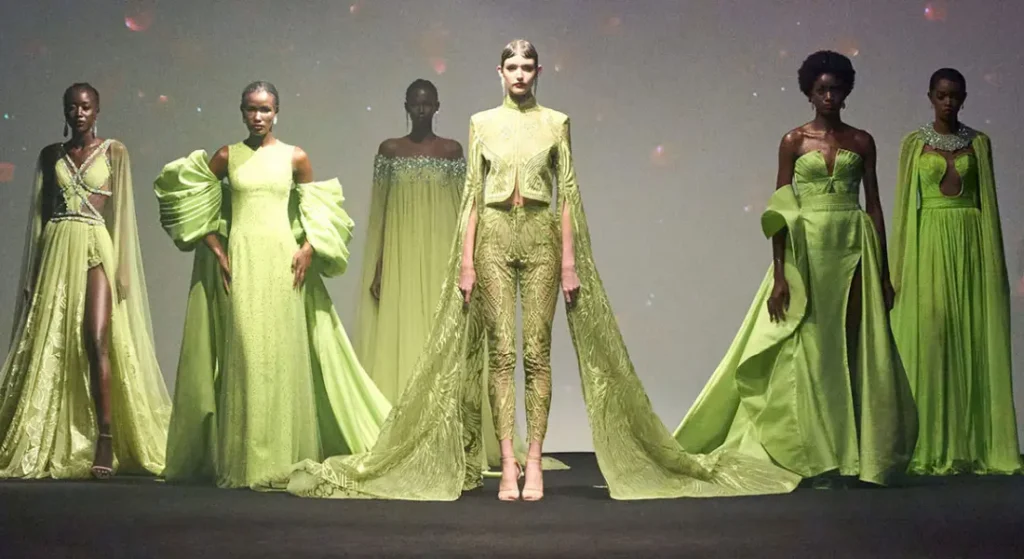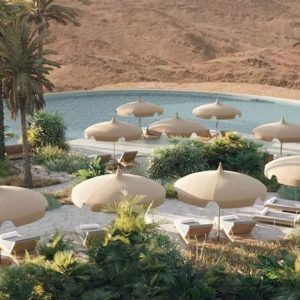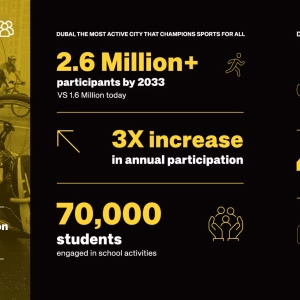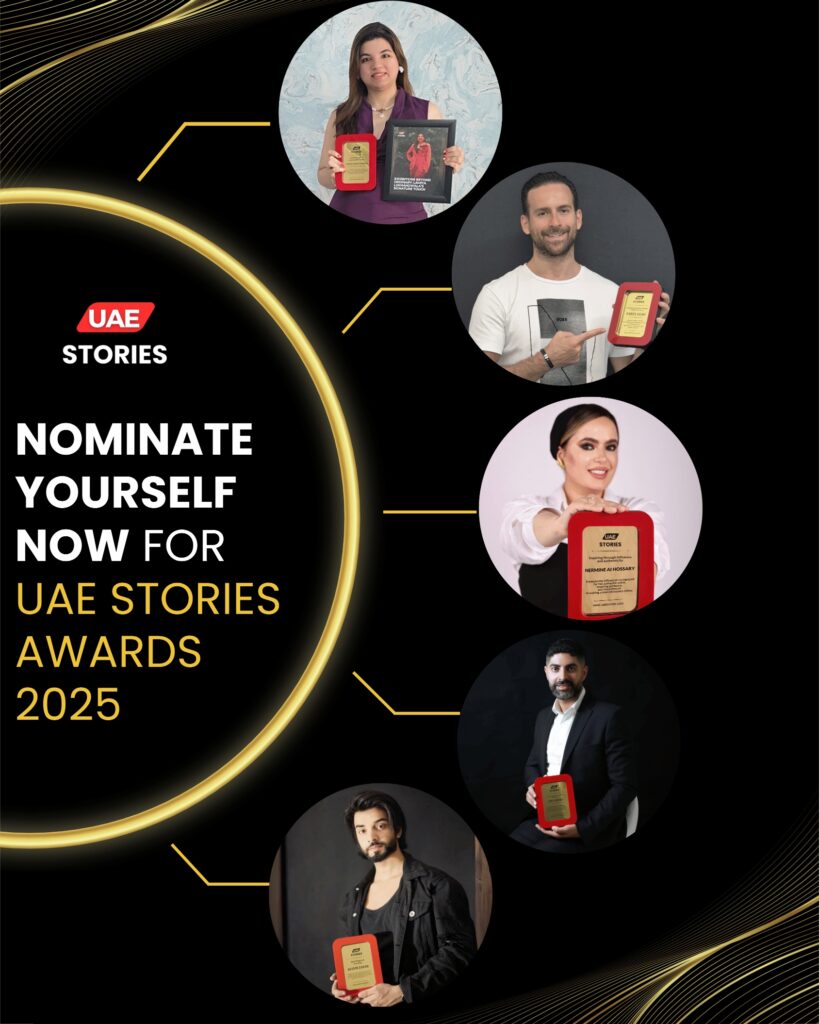As the global fashion industry reckons with its environmental footprint and ethical lapses, a surprising leader is stepping into the spotlight: the United Arab Emirates. Known for its luxury malls and dazzling high-end retail, the UAE is now carving out a reputation as a hotbed for ethical fashion—a shift driven by a new generation of designers, consumers, and policymakers eager to redefine what fashion stands for.
This transformation is not merely a trend but a reflection of a deeper cultural shift. In a region often associated with extravagance, a growing number of fashion innovators are advocating for slower, more meaningful consumption. The result? A powerful, positive wave that’s stitching together sustainability with style.
From Glitz to Grit: The Ethical Turn
Fashion in the UAE has long been a display of opulence. But beneath the glamour, a quieter revolution has been unfolding. Designers are no longer just chasing aesthetics—they’re embracing accountability. The change has been largely driven by consumer demand. Shoppers today want more than just eye-catching garments; they want transparency, fair labor practices, and environmentally responsible production.

This cultural pivot has allowed ethical brands to thrive. Labels founded in the Emirates are focusing on sustainability not as a niche, but as the new baseline. From streetwear made of recycled materials to haute couture pieces crafted through fair-trade partnerships, ethical fashion is emerging as both desirable and commercially viable.
Designers With a Mission
Several UAE-based designers are now global ambassadors for conscious fashion. What unites them is a shared vision: to design with purpose. Some are using recycled fabrics and biodegradable packaging. Others are upcycling vintage textiles or employing local artisans to ensure that heritage techniques survive and thrive.


These designers are not only changing the local fashion narrative—they’re placing the UAE on the global ethical fashion map. Many have pledged to offset their carbon footprints, source fabrics responsibly, and provide dignified working conditions across their supply chains.
One standout approach among many emerging brands is to donate a portion of profits to social causes, making each purchase a step toward positive change. By weaving social good into the fabric of their operations, these brands are transforming the act of shopping into a form of activism.
The Rise of Sustainable Retail Experiences
Sustainability in the UAE isn’t just limited to the clothes themselves—it extends to how they’re marketed and sold. Across Dubai and Abu Dhabi, pop-up stores and concept boutiques are becoming hubs for ethical fashion enthusiasts. These retail experiences often include storytelling elements, showcasing the journey of each garment—from raw material to finished product.
These spaces also educate customers, offering workshops on textile care, clothing swaps, and panel talks with designers. It’s not just shopping—it’s community building. And it’s working. Foot traffic is up, and customers are increasingly asking the right questions: Where was this made? Who made it? What impact did it have?
Online platforms, too, are playing a big role. Digital marketplaces curated around sustainable values allow shoppers to browse ethical collections with ease. Transparency, once rare in fashion, is now a selling point. From supply chain breakdowns to material certifications, customers can access all the information they need to make informed purchases.
Cultural Roots Meet Modern Responsibility
What gives the UAE’s ethical fashion scene a unique flavor is its deep respect for tradition. Many Emirati designers are drawing on cultural motifs and artisanal skills, bringing them into modern fashion in a way that’s both nostalgic and progressive.
For instance, handwoven textiles, traditional dyeing methods, and intricate embroidery are being revived through sustainable practices. These crafts, often passed down through generations, are being given new life in contemporary collections. It’s a powerful form of cultural preservation—and an antidote to the homogeneity of fast fashion.
By marrying heritage with sustainability, these designers are telling stories that resonate with both local and global audiences. And in doing so, they are creating fashion that not only looks good but carries meaning.
Government Support and Policy Innovation
One of the biggest drivers behind the UAE’s ethical fashion rise is support from the top. Government initiatives aimed at promoting sustainability and entrepreneurship are giving designers the tools they need to succeed. From grants for eco-startups to incubators that mentor conscious brands, the state is actively nurturing the sector.
The UAE’s Circular Economy Policy, for example, encourages industries—including fashion—to reduce waste and maximize resource use. As fashion is one of the most polluting industries globally, this policy serves as a bold framework for companies to follow.
Additionally, the country’s strong logistical infrastructure makes it an attractive hub for international brands looking to base their ethical operations in the Middle East. Add to this the tax incentives and ease of business setup, and it’s easy to see why the UAE is drawing a new kind of designer—one with vision and values.
Fashion Schools Fueling the Future
Education is playing a vital role in ensuring the sustainability trend isn’t just a fad. Institutions such as design academies in Dubai are embedding sustainability into their fashion programs, teaching students to think critically about everything from material selection to life-cycle design.

Young creatives are being encouraged to experiment with recycled textiles, explore digital fashion, and embrace zero-waste techniques. As students graduate, they’re entering the industry with a sustainability-first mindset, ready to disrupt old norms and set new standards.
These schools often collaborate with local fashion councils, hosting competitions and showcases that reward innovation in ethical design. This ecosystem is not only fostering talent but also reinforcing a culture of responsibility that will define the UAE’s fashion future.
The Consumer’s Role in the Movement
While designers and policymakers are vital, the real power lies with the consumer. Every purchase is a vote for the kind of world we want to live in—and increasingly, shoppers in the UAE are voting for a cleaner, fairer industry.
Social media has played a huge role in raising awareness. Influencers, stylists, and even celebrities are using their platforms to promote conscious fashion, spotlighting brands that align with their values. Hashtags like #SustainableUAE and #EthicalStyleME are gaining traction, turning fashion into a social movement.
Moreover, there’s growing interest in minimalism and intentional living. Consumers are shifting away from seasonal hauls toward curated wardrobes built to last. This evolution in mindset is pushing brands to prioritize quality over quantity and values over trends.
Looking Ahead: A Global Fashion Capital in the Making?
Could the UAE rival Paris or Milan as a fashion capital—not of luxury, but of sustainability? It’s a question increasingly worth considering. The pieces are in place: visionary designers, conscious consumers, educational infrastructure, and government backing.
To truly claim this title, the challenge will be to maintain integrity as the movement scales. Brands will need to resist the pull of greenwashing and stay transparent in their practices. But with so many building their identities on ethics from day one, the outlook is hopeful.
The UAE is not merely participating in the global conversation around ethical fashion—it is shaping it. Through a blend of innovation, tradition, and purpose, the region is showing the world that style and sustainability are not mutually exclusive—they’re mutually enhancing.
Read More: Voices of the Desert: Storytellers Keeping Bedouin Lore Alive














